Executive Summary
Shortly after assuming power in December 2024, the new Syrian regime under Ahmad Al-Sharaa launched an ambitious initiative to rebuild the Syrian army. By January 2025, the regime’s leadership had already called on the commanders of various organizations and militias operating within the country to align themselves with the new government and integrate into the national military. This military rehabilitation was a key component of a larger strategy aimed at stabilizing the state, restoring its institutions, and initiating national reconstruction- an effort that also featured a wide international diplomatic campaign.
However, despite al-Shara’s efforts to present himself as a moderate and pragmatic leader willing to compromise, and despite the determination (some would say blind determination) of the U.S. and Europe to lift the sanctions imposed on Syria and to establish international legitimacy for the new regime, there still appears to be uncertainty regarding the future nature of the regime and concerns that it may choose a radical Islamist direction with jihadist tendencies in the future. This uncertainty and concern intensified in light of the clashes and massacres in the Alawite region (March 2025) and the clashes and massacres in Suwayda- the Druze Mountain (July 2025).
Indeed, at this stage it is premature and difficult to determine where Syria is headed, but one of the main indicators that can assist in this context is the nature of the army currently taking shape and the manner in which it is being constructed.
The process of rebuilding the Syrian army, which has been ongoing for over half a year, points to partial success. The command structure has mostly been rebuilt, primarily based on commanders from former rebel organizations alongside officers from Assad’s army. In addition, a broad recruitment campaign is underway with the goal of reaching an army of 300,000 soldiers. Nevertheless, most of the rebel organizations that joined the army have not truly disbanded but have continued operating with the same internal structure under a new name, which creates independent power centers. This situation contributes to temporary stability but could endanger the regime’s control in the future. It appears that Al-Sharaa is aware of this and therefore, has appointed trusted individuals to key positions in the army and government.
The new army still suffers from a lack of advanced weaponry as a result of a series of attacks carried out by Israel against military infrastructure and weapons depots across Syria following the fall of the Assad regime. Additionally, the level of soldiering and training at this stage appears basic, together with a lack of uniformity regarding military equipment. However, we assess that this is a temporary situation expected to change in light of growing international legitimacy for the regime, particularly in light of increasing public support from Turkey, which may even supply it with advanced weapons systems (and already supplied the army with basic weapons).
At the same time, a troubling ideological trend is evident as a significant portion of the combatants in the new Syrian army have a radical Salafi-jihadist orientation, some of whom are not ideologically far from ISIS, and some are even foreign combatants who have settled in the country. This ideology, which seeks to impose Sharia law and eliminate minorities, contradicts the pragmatic trends the regime is trying to project externally and raises serious concerns for the future of Syria’s internal stability.
The general introduction will outline the background and developments surrounding the formation of the renewed Syrian army, including its structural framework, associated risks and implications, current weaponry and operational capabilities, as well as its overarching ideological features.
Appendix A will present the army’s military force structure and focus on the senior command and combat divisions as currently known. It will display the various divisions and the brigades under their command, the identities of the commanders, their ideological background and previous organizational affiliation, areas of activity, and so on. Due to length limitations, the appendix will outline the structure and deployment of divisions up to the brigade level.
Appendix B will deal with additional officials in the emerging army under the division and brigade level, aiming to assist in forming a more complete picture of the army’s structure and units.
*The reference to the army structure and various frameworks in the report is based on the general command structure known from the old Syrian army and from other armies, under the assumption that this structure will generally be maintained–Filaq (Corps) => Firqa (Division) => Liwa (Brigade) => Fawj (Regiment) => Katiba (Battalion).



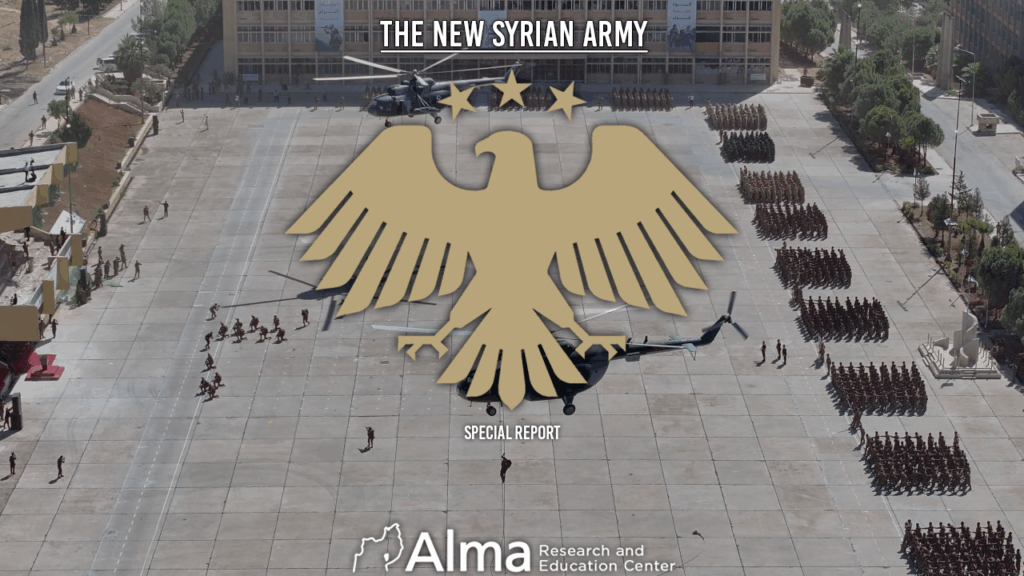

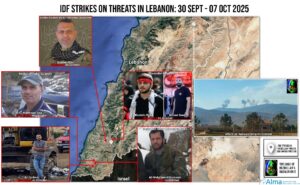
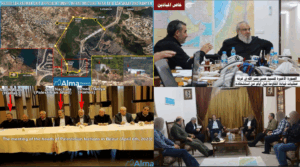
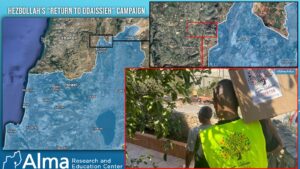
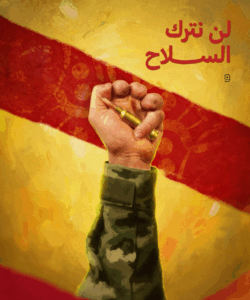
One Response
Great summary! Your info is a must read for understanding the Middle East.